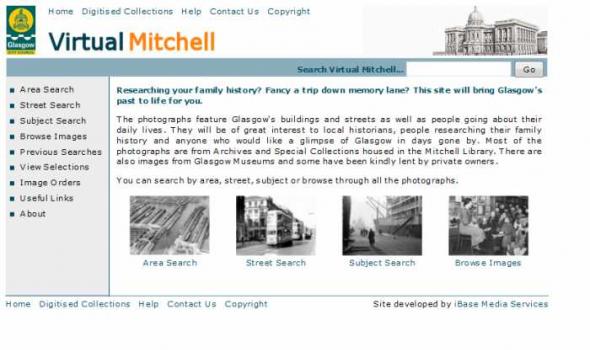Category: Arts & Humanities, English, Photojournalism
Results
1968 September 11-1969 November 13 Alexander Lmanian (1925-1996) was a sergeant in the United States Army in World War II, and a part-time photographer for the New Haven Register newspaper and the Associated Press. This collection consists of photographs created by Alexander Lmanian documenting locations and events in Washington, D.C., and its vicinity, 1964-1968, as well as New Haven, Connecticut, 1968-1969. The images of Washington document the physical impact of riots on the city following the assassination of Martin Luther King, Jr., April 4-8, 1968, as well as events and memorials in the city and vicinity, 1967-1968.
The Michael L. Carlebach Photography Collection consists primarily of black and white photographic prints taken and personally hand developed by Professor Michael L. Carlebach. In general, the images are thematically grouped around journalistic pieces published in newspapers, or artistic topics such as portraits and landscapes. The collection also includes pieces shown in various exhibits as well as photographs made for special assignments like the George McGovern 1972 presidential campaign and the exclusive insider's look at the Krome Avenue Detention Center for refugees in South Florida. Another highlight of the collection includes photographs dealing with the medical profession, especially children in hospital settings.
From June through October 1973 and briefly during the spring of 1974, John H. White, a 28-year-old photographer with the Chicago Daily News , worked for the federal government photographing Chicago, especially the city`s African American community. White took his photographs for the Environmental Protection Agency`s (EPA) DOCUMERICA project.
Leslie Jones worked for the Boston Herald-Traveler newspaper between the years 1917 and 1956. He was educated at the Farm and Trade School on Thompson Island. Jones first worked as a pattern-maker, but had long held an interest in photography. While working in a Boston factory, he continued developing himself as a freelance photographer. It was not until Jones unfortunately lost two of his fingers to the factory machinery, however, which led him to convert this avocation into his profession. He joined the Boston Herald-Traveler staff in 1917.
The Collection The 102 photographs in this collection document the activities of Oregon's Bracero workers - their cultivation and harvesting work in the fields and orchards as well as the farm labor camps in which they lived. Most of the photographs were taken by Oregon State College Extension staff members as part of a larger effort to document the various groups that contributed to alleviate the state's severe shortage of farm labor. Extension photographers included John Burtner, Fred Shideler, Robert Fowler, and Harry Whitten.
Edinburgh-born John Thomson (1837-1921) was one of the great names of early photography. His photographic legacy is one of astonishing quality and depth.
Thomson's images of China and South-East Asia brought the land, culture, and people of the Far East alive for the 'armchair travellers' of Victorian Britain.
He was one of the pioneers of photojournalism, using his camera to record life on London's streets in the 1870s. As a society photographer he also captured the rich and famous in the years before the First World War.
These pages present a brief introduction to Thomson's work, with examples drawn from the National Library of Scotland's collections.



























